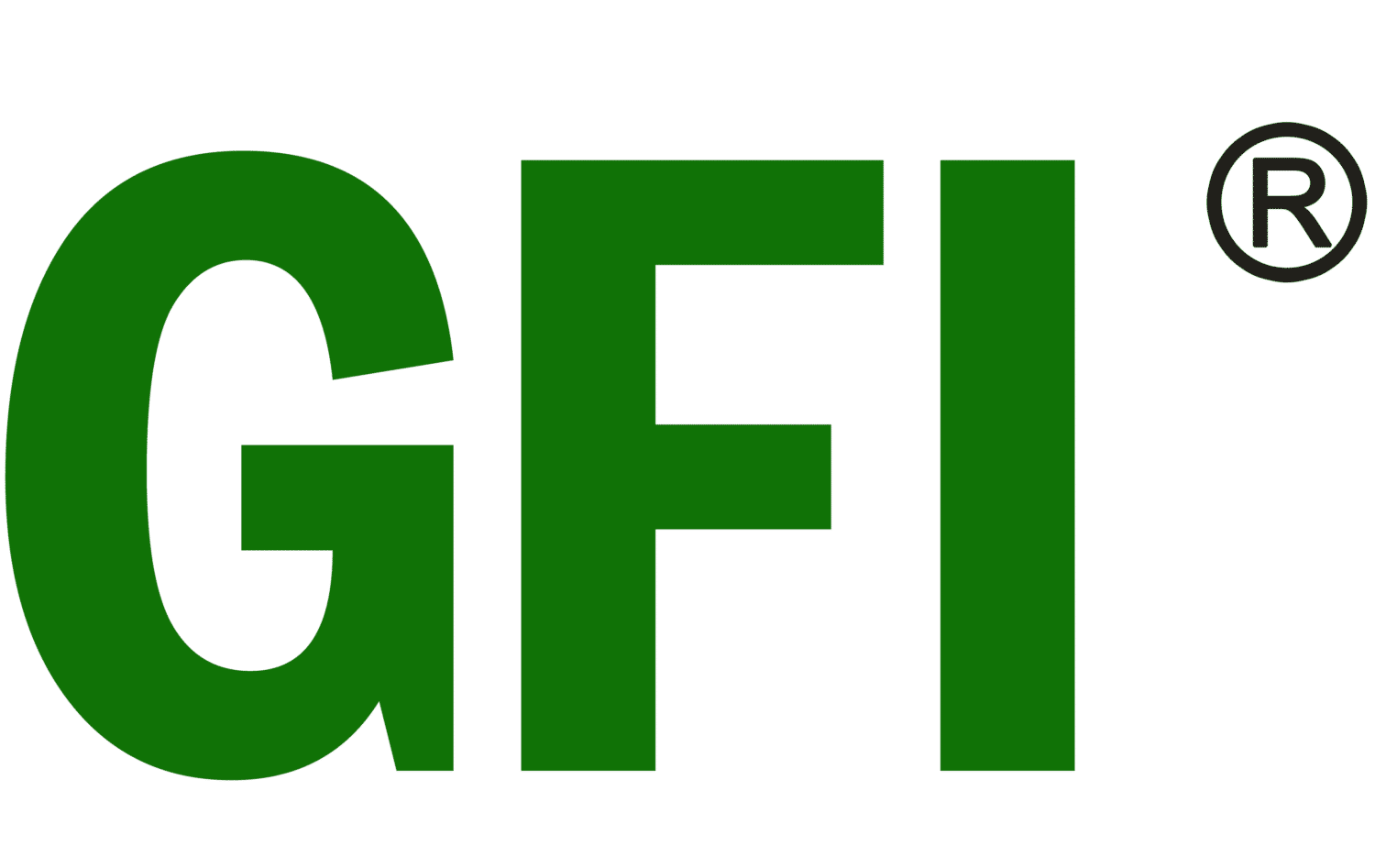Everything You Want to Know About Foam Board Insulation
Foam board insulation stands out as a versatile and efficient choice among the various insulation materials available today. Its ability to provide both thermal resistance and moisture control makes it a popular option for residential and commercial applications. Whether you’re insulating a wall, basement, or exterior foundation, foam board insulation might be the best solution for your building project.
What is Foam Board Insulation?
Foam board insulation, also referred to as insulation board, consists of rigid panels that serve as an excellent alternative to traditional fibreglass batt insulation, which is commonly used in homes. Similar to PIR (polyisocyanurate) insulation, foam insulation is ideal for exterior applications, such as under house wraps, exterior foundations, and basement walls.
One of the key benefits of board insulation is its impressive R-Value. The R-Value measures the material’s resistance to heat flow; the higher the R-Value, the better the insulation’s effectiveness.
Depending on the specific type of foam insulation materials, R-Values can range from 3.6 to 8.0 per inch of thickness.
Types of Foam Board Insulation
1.Polyiso/PIR (Polyisocyanurate)
- Properties: Extremely dense and often foil-faced to reflect radiant heat.
- R-Value: 7.0 – 8.0 per inch.
- Applications: Used over house sheathing under siding or in attic spaces for its reflective properties.
2.Polyurethane (PU)
- Properties: Known for excellent sound insulation and available in sheets, boards, and spray foam.
- R-Value: 3.5 per inch (open-cell spray foam), 6.0 per inch (closed-cell spray foam).
- Applications: Polyurethane board insulation ideal for areas where board or sheet insulation is impractical, such as tight corners.
3.Expanded Polystyrene (EPS)
- Properties: Similar to the material used in disposable coffee cups and protective packaging, EPS is the most affordable type of foam board insulation.
- R-Value: 3.6 – 4.0 per inch.
- Applications: Commonly used under roofing, over foundation walls, and beneath siding.
4.Extruded Polystyrene (XPS)
- Properties: Known for its characteristic pink or blue panels, XPS is denser than EPS and available in various thicknesses.
- R-Value: 4.5 – 5.0 per inch.
- Applications: Suitable for a wide range of uses, XPS panels often feature straight or tongue-and-groove edges to minimize air movement.
Choosing the Right Foam Board Insulation
When selecting insulation materials, consider the specific needs of your project, such as the required R-Value, moisture control, and installation environment. Each type of insulation material offers distinct advantages, making it essential to choose the right one to achieve optimal insulation performance.
By understanding the properties and applications of different foam insulation panel types, you can make an informed decision that ensures energy efficiency and comfort in your building project. Whether you prioritize cost-effectiveness, density, or specific thermal properties, foam panel provides a reliable solution for various insulation needs.



